Early Classical Art of South Asia (In 2 Volumes)
The present volume 'Early Classical Art of South Asia' is edited by Prof. M.C. Joshi and Dr. D.P. Sharma. The period of Gupta dynasty begins around 319 A.D. ends up to 578 A.D. The art Gupta periods has often been referred to us classical art of early South Asia. The art of Gupta period was characterized by a sensitivity modeled body from a severity of expansion and dominant spiritual purpose.
During Gupta Age there was all-round development particularly in fine arts-literature both religious and non religious, sculpture, painting, music, dance, drama, ‘Kalidasa's literary metaphors, lyrics and norms of beauty are found translated in art as much as the softness and suppleness of limbs of sculpture are found translated in painting.
The three stages of Gupta arts like kaushambai, Mathura and Sarnath represent three variations in refinement. Kaushambi represents transitional stage (319-375 AD) of Kusana-Gupta art, Mathura style is the early phase of Gupta Art and Sarnath style shows more developmental stage of later part of Gupta Art. The book covers art of Gupta Age (319-578 A.D.) Prof. M.C. Joshi wrote introduction and contributes six papers in this volume. This book contains 39 papers of eminent art historians and archeologists. The important papers are of Prof. G.C. Pande, R.C. Sharma, D.P. Sharma, Madhuri Sharma, A.P. Jamkhekar, Prof. Krishna Deva., Prof. R. Balasubramanian, J.P. Joshi, B.C. Shukla, A.K. Sharma, V.S. Agarwal, U.N. Rai. The Editors is of the opinion that Mathura Art represents earlier stage and Sarnath Art is the developed stage of Gupta Art. The Editors concluded that Vakataka metal images have their origin in late Amaravati School. Buddhist metal images of Ceylon as have their origin in late Amaravati School.
Get it now and save 10%
BECOME A MEMBER
-
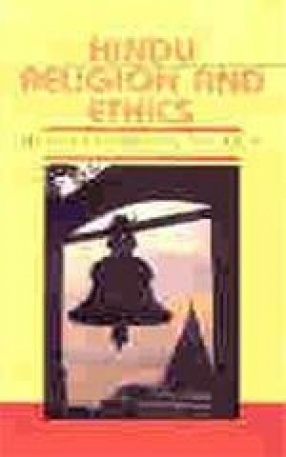
Hindu Religion and Ethics with an Introduction
-

Princes and Polity in Ancient India
-

The Delhi Iron Pillar: Its art Metallurgy and Inscriptions
-
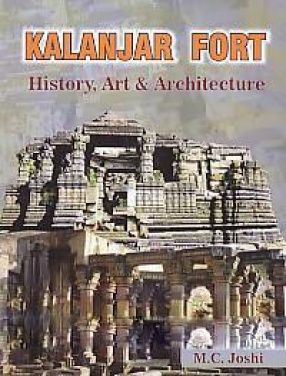
Kalanjar Fort: History, Art & Architecture
-
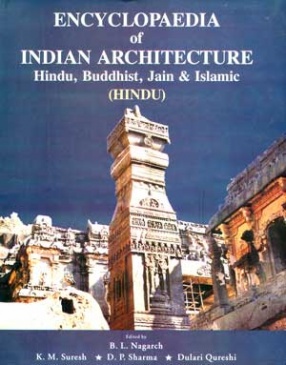
Encyclopaedia of Indian Architecture: Hindu, Buddhist, Jain & Islamic: Hindu
-
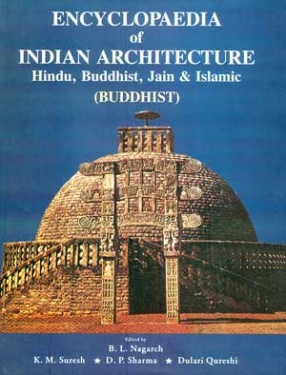
Encyclopaedia of Indian Architecture: Hindu, Buddhist, Jain & Islamic: Buddhist
-
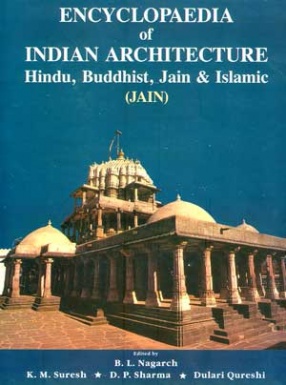
Encyclopaedia of Indian Architecture: Hindu, Buddhist, Jain & Islamic: Jain
-
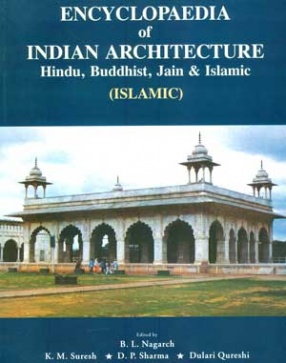
Encyclopaedia of Indian Architecture: Hindu, Buddhist, Jain & Islamic: Islamic

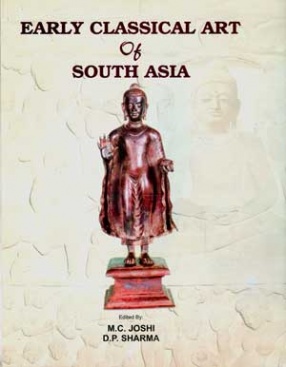
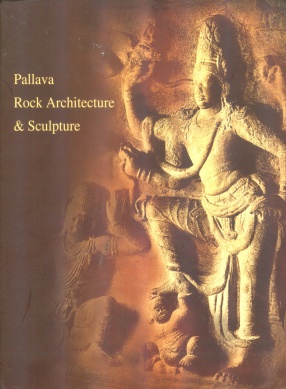
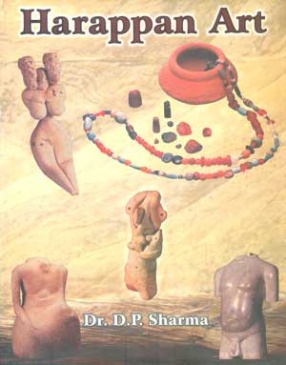
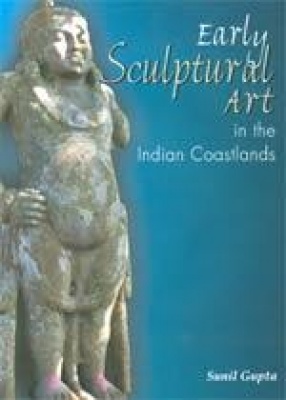
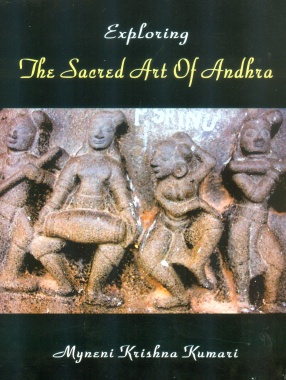

Bibliographic information
D.P. Sharma